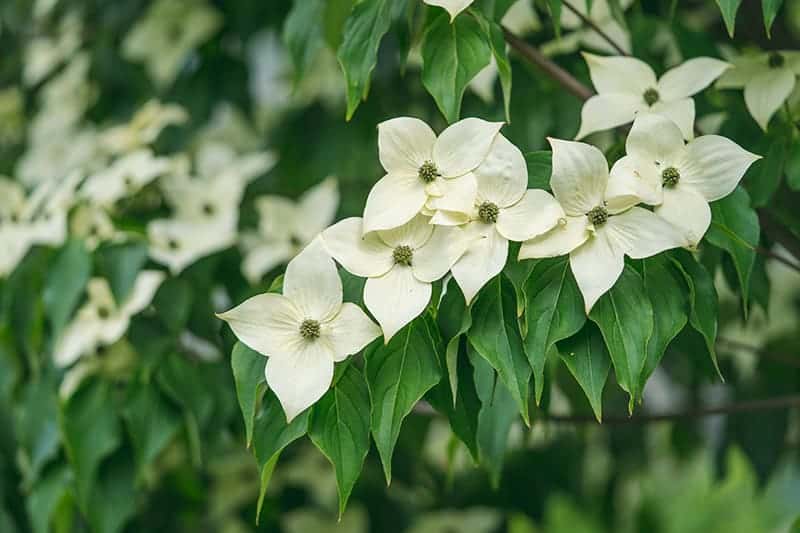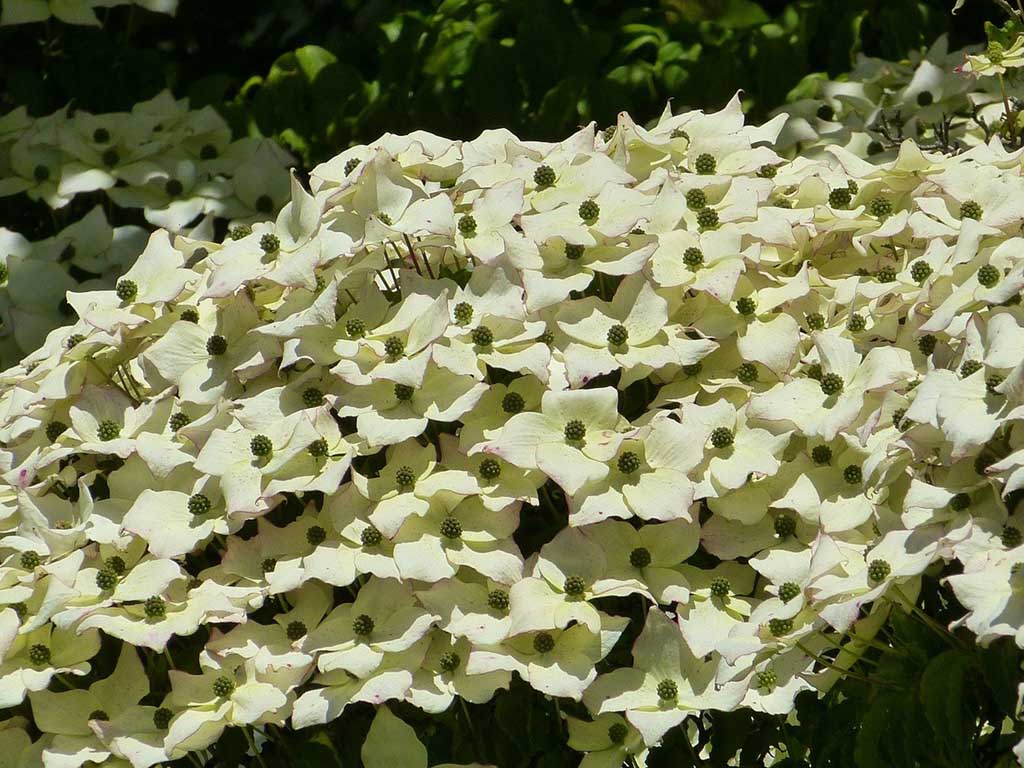- Home >
- Magnolia Trees
Magnolia Trees for Sale - Buying & Growing Guide
Do You Know Your Growing Zone? i Growing zones help determine if a particular plant is likely to grow well in a location. It identifies the average annual minimum winter temperatures across the U.S. provided as a map by the USDA.
10 Results
-
Growing Zone(s): 4-9$114.95
-
Growing Zone(s): 4-8$139.95
-
Growing Zone(s): 7-9$124.95
$134.95Save up to 7% -
Growing Zone(s): 4-9$114.95
-
Growing Zone(s): 7-9$139.95
-
Growing Zone(s): 5-10$89.95
$109.95Save up to 18% -
Best SellerGrowing Zone(s): 4-9$89.95
$109.95Save up to 18% -
Sold OutGrowing Zone(s): 4-9$114.95
-
Sold OutGrowing Zone(s): 6-11$89.95
-
Sold OutGrowing Zone(s): 4-9$34.95
Magnolia Trees – Buying & Growing Guide
How to plant magnolia trees
If you live in the northern United States, plant your magnolia tree in the spring; fall planting is preferred if you are in the South. Read your tree tag carefully: some magnolias have a spread of up to 40 feet, so you’ll want to space them accordingly if you have more than one.
Plant your trees in well-drained soil — the trees can handle clay or sandy soils, but dig some compost into the earth at your planting site first. Magnolias have shallow, wide roots, so dig a hole that will encompass them completely. Trim any roots that are encircling the root mass, and plant the tree with the roots spread out in the hole.
Don’t fertilize the tree, but be sure to water it carefully. For the first few weeks, water daily; then switch to a weekly watering schedule unless you’re getting more than an inch of rain weekly.
How to achieve maximum results
Most common magnolia varieties are native to the southern U.S., but some varieties have been bred to flourish in the North. There are both deciduous and evergreen types. The evergreen varieties like full sun; the deciduous varieties prefer some shade, especially in the south.
When choosing your magnolia tree, be sure to choose a variety that is suited to your own USDA Hardiness Zone. Trying to grow a magnolia that isn’t suited to your region will lead to poor growth and little flowering.
Treat your magnolia tree with respect: Don’t mow too close to the trunk, and keep weeds at least three feet away from the trunk to avoid competition for nutrients. If frost is expected, protect newly planted trees with burlap if they haven’t had time to adjust to their new home yet.
How to Care for Magnolia Trees
Watering and nutrients
Magnolias are tolerant of drought and hot weather, but when newly planted, will require regular supplemental watering. If rain is sparse in your region, give them an inch or two of water a week. Once they are established, they should be tolerant of all but the most severe drought conditions.
When first planted, work some compost into the soil around the tree, but after that, you shouldn’t need to add fertilizer. If your tree starts dropping leaves out of season or the leaves turn yellow, apply a slow-release fertilizer in the spring. If sub-par conditions persist, consider having a soil test done to determine what minerals or other nutrients need to be added.
Pollination
With their showy flowers, you might think that the magnolias are a haven for butterflies and other pollen-spreaders, but they are mostly pollinated by several varieties of beetles, which are drawn to the simple petals and collect pollen on their body parts, to be distributed to other flowers on the tree.
Pruning
Magnolias don’t require pruning as much as some ornamental trees, and in fact pruning an older magnolia can damage the tree. Young trees should be pruned in spring after blooming for shaping. Some people like to remove the lower branches to facilitate mowing. You’ll also want to remove dead or damaged branches as necessary. Always use a light touch when pruning your magnolia, however, to avoid stressing the tree.
Pests and diseases
Magnolias are robust trees with few diseases or pests. One common ailment is algal leaf spot, which causes leaves to turn brown and develop a velvet-like underside. This can be treated with a fungicide.
Fungal leaf spots also occur, but do minor damage, and should disappear on their own. Canker may be the cause of branch die-off, and should be dealt with by pruning the damaged branch to fresh wood.
Magnolia scale is an insect that may also cause branch die-off and underdeveloped leaves. If you see a sticky sap on your tree, then suspect the magnolia scale. They can be controlled by dormant or summer oils, or via insecticides, applied in late summer.













